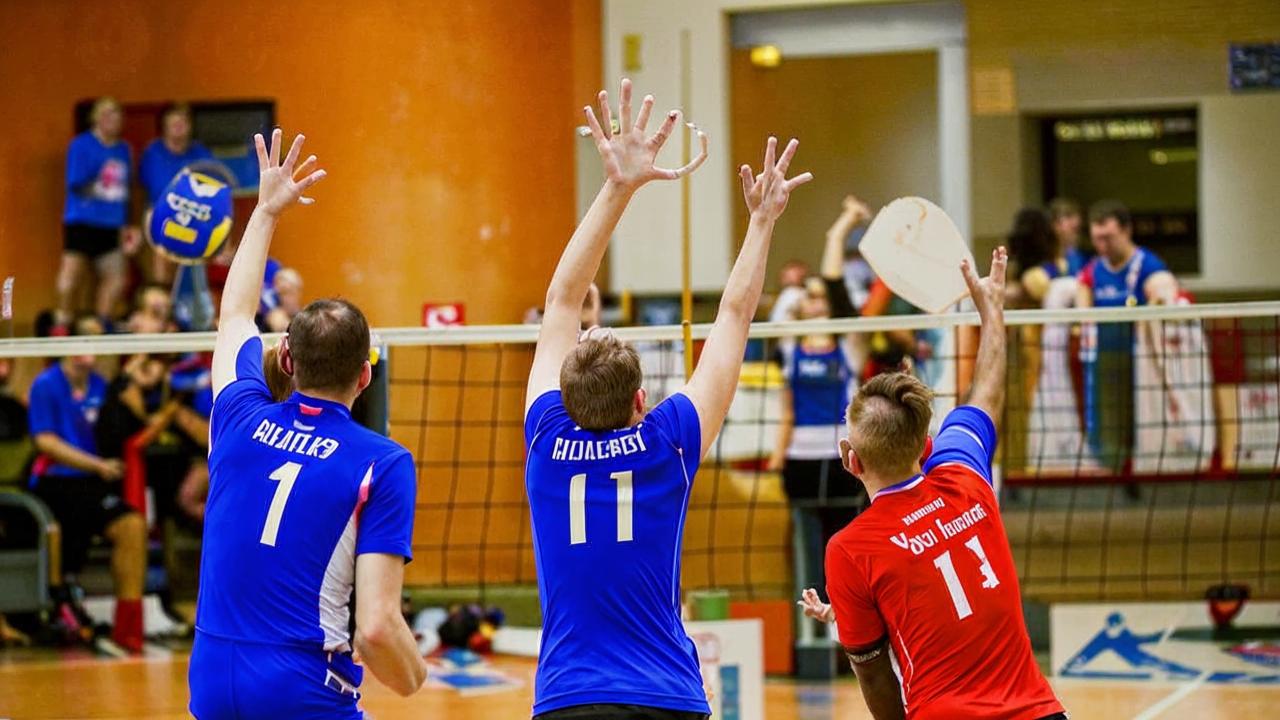
Adaptive physical education and sports coach
“Sport is useful for everyone” – hardly anyone would argue with this statement. But can and should children who have health problems do sports? Maybe it is dangerous for them? Or are there still accessible activities despite disabilities?”
The Everland project has collected both official sports that are part of the Paralympic, Deaflympics or Special Olympics program and those that are not yet recognized by the Russian Ministry of Sports. However, they are also used for training and competitions at various levels.
Children with musculoskeletal disorders
This category includes children with cerebral palsy (from those who can walk independently to those who have difficulty turning the wheels of a wheelchair), children with amputations of arms or legs, children with scoliosis, children with Spina Bifida and many other diagnoses. It can be generalized to say that they all have difficulty getting around.
In this case, sports are useful for developing coordination, balance, equilibrium, balance, strengthening muscles, and a better understanding of one’s body in space.
For those who are in a wheelchair, a good option is sledge hockey. This is a team sports game, a Paralympic version of classic hockey. On the ice, instead of skates, players use special sledges and two sticks. It is actively developed by the Russian Federation of Adaptive Ice Hockey. By the way, they have classes for children with visual impairment and mental disabilities.
If hockey is difficult, you can play boccia. This Paralympic sport is similar to curling, but on the floor. It is necessary to throw a ball of your color as close as possible to the white, central, ball. Those who do not have good hands can be helped by an assistant. You can also roll the ball on a special chute, giving the throw speed by moving your head. In St. Petersburg, the section works at the school “Dynamika”. For sections in other cities, contact the Federation of Boccia for Persons with Disabilities.
Walking teenagers will be interested in modern sword fighting – a type of martial arts created in Russia. These are duels on soft safe swords in light and safe protective equipment. Fencing, in addition to physical qualities, develops a child’s independence, determination, self-confidence, gives the opportunity to be in a team, to communicate on an equal footing with others, including healthy peers. Sword fighting is also accessible to the hearing impaired and teenagers with other health problems.

Children with visual impairments
Visually impaired and blind children can engage in adaptive rock climbing. The training develops agility, accuracy, quickness of movement and decision-making, and strengthens all muscles.
There is also training in alpine skiing and roller sports. They develop balance and coordination, which is important for children with visual impairments.
Among unusual types there is showdown, or table tennis for the blind. It is played on a special table with boards, which somewhat resembles an air hockey table. To level the playing field, both athletes wear dark eye patches.
For those who want to go into Paralympic sports, there’s judo or goalball. If with judo is clear, about the second sport we will tell a little more about it. This is a team game with a ball, inside of which is a bell. The task of the players of one team is to throw the ball into the other team’s goal with their hands.
Children with hearing impairment
Hearing impaired and deaf children and teenagers have access to many different sports, from volleyball to orienteering and taekwondo. It should also be noted that hearing-impaired children can also participate in regular sports, as they most often have no other health limitations.
Such children need sports activities to develop their vestibular apparatus, to understand their body in space, and to improve coordination.

Children with mental disabilities
For children with autism spectrum disorders, Down’s syndrome and other intellectual disabilities, sports is primarily about communication and interaction with others, and then wins and medals. Organizers of Special Olympics are engaged in the development of different sports for them. They have programs for children from the age of two.
Among the available sports are equestrian sports, adaptive basketball, figure skating for children with Down syndrome, sailing, and dancing. In total, the Special Olympics program includes more than 30 individual and team sports. There is also adaptive taekwondo for them.






